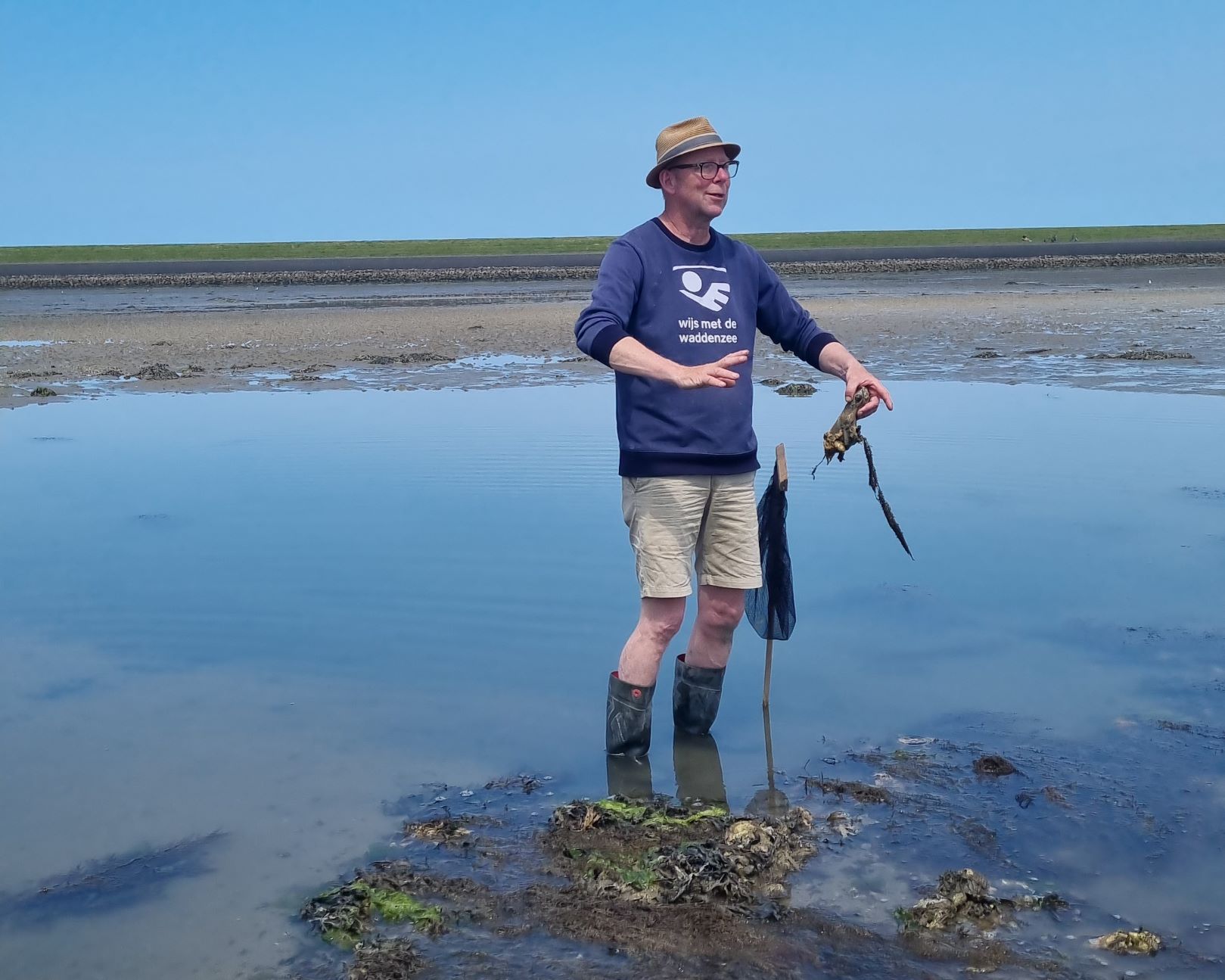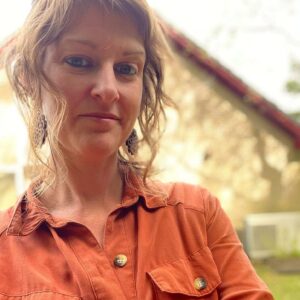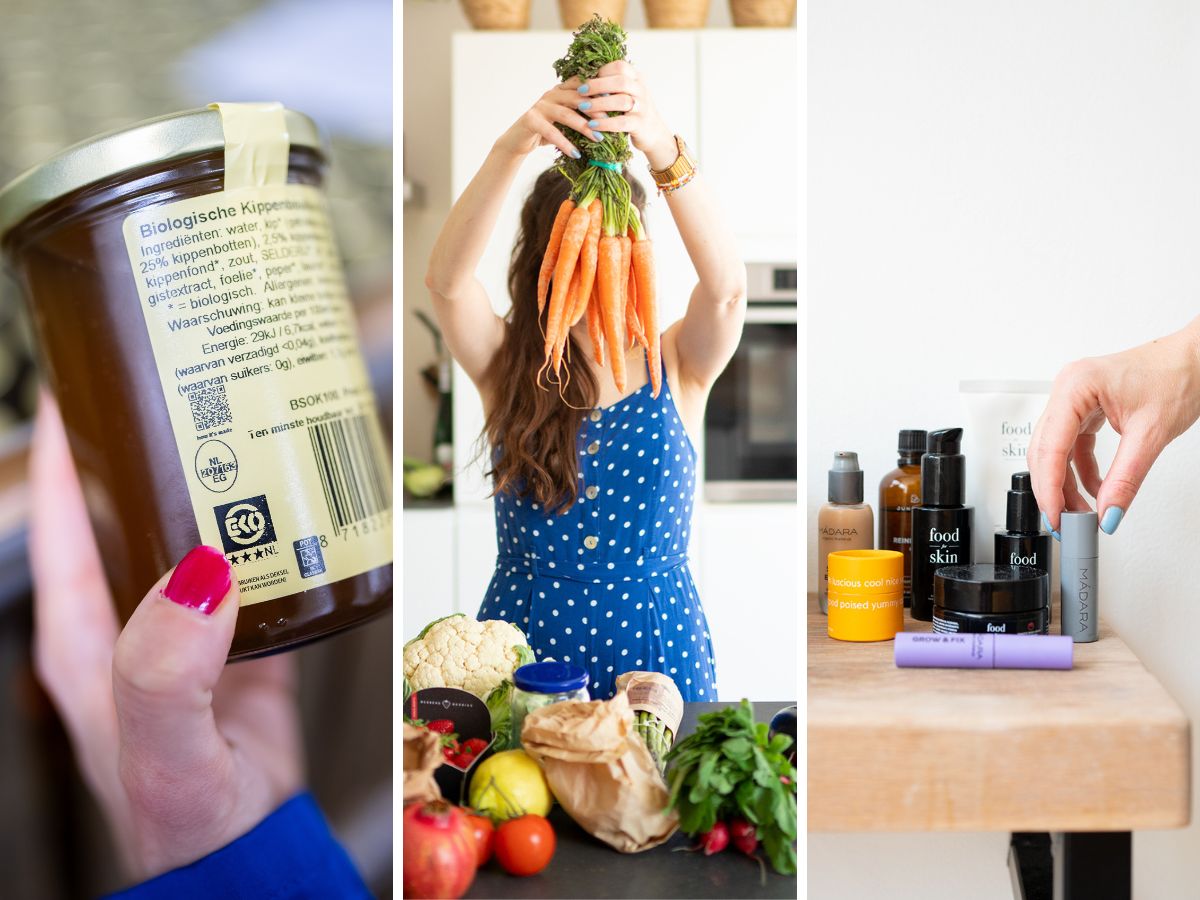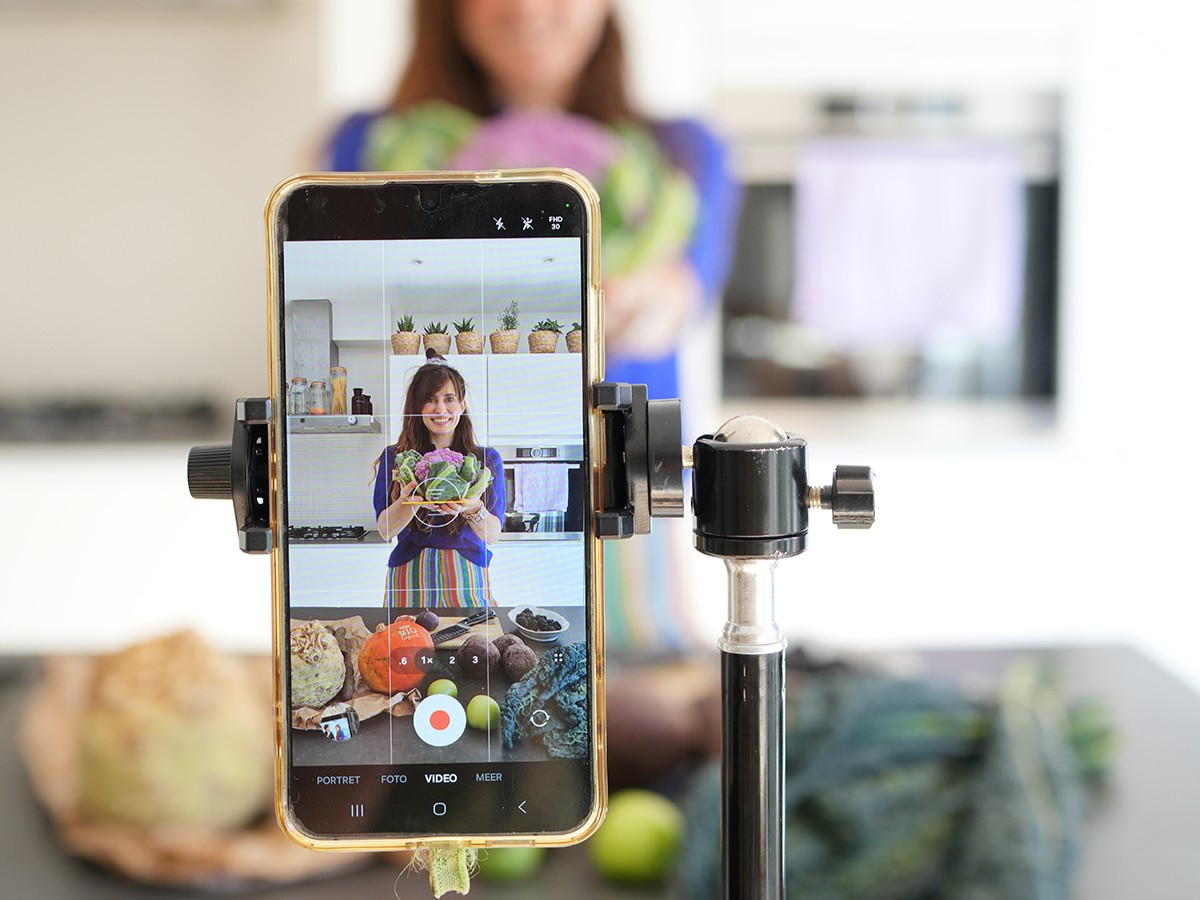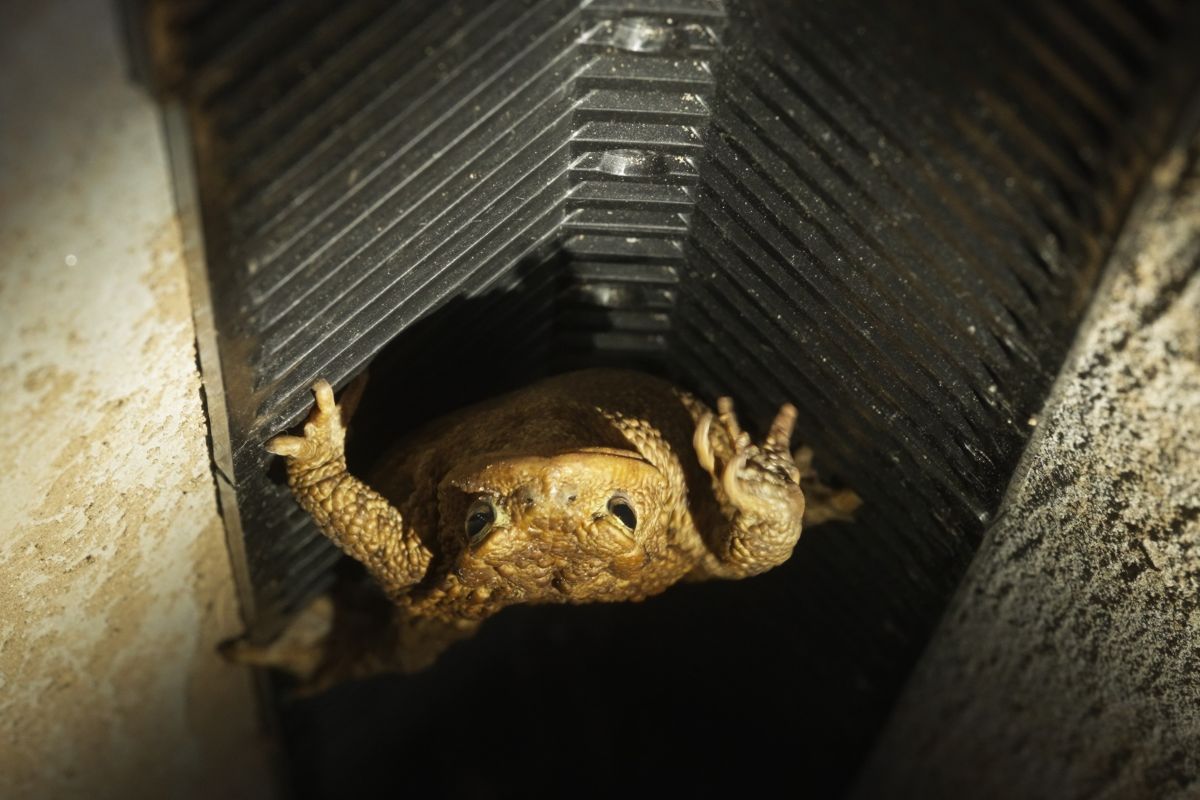Green beans from Africa, asparagus from Peru, strawberries in mid-winter. These days, we can get almost anything year-round. But of course, that's not true at all! Why don't we actually eat more of those delicious vegetables from our own soil? And do we not look at what the Dutch coast has to offer? Flang, entrepreneur and chef on Terschelling, takes us into the world of local and seasonal food, because that is truly sustainable.
Eating sustainably? Buy local and seasonal food!
He lives in the middle of our own piece World heritage site, the Wadden, and advocates preserving our culinary heritage. This is badly needed, Flang believes, because we have lost touch with our own old eating habits and are preying on nature. ‘We buy everything in plastic in the supermarket and out of season too. While those seasons have so much to offer. Add to this the fact that we also take too much and problems like overfishing arise. Two hundred hectares of agricultural land disappear every day due to salinisation and that is due to climate change’. Time to tackle things differently, according to Flang. Together with the Wadden Sea Association he works to promote the Wadden area. Among other things, he provides catering for Oerol and the Springtij Festival and is co-founder of De Zilte Smaak, a salty picking garden on Terschelling. He also runs his own B&B and cooking studio ‘Flang in the Pan.’


Eating local and seasonal food at Flang's Cooking Studio, is an absolute must do if you're on Terschelling.
What is going wrong with our eating habits, do you think?
‘It's a bit weird that we can buy and eat anything all year round. How can you eat apples all year round? That's not right. They come off the tree in September and you can keep them for a while, but not all year. And strawberries grow in the middle of summer and not in December. We don't really look at what nature has to offer us, but at what is on offer in the supermarket. That is often not sustainable at all.’
How would you like us to eat ten years from now?
‘We need to take a step back and be more self-sufficient. You can eat all winter what grows in summer. You do that by pickling your own vegetables. But also by buying seasonal vegetables, because cabbages can be preserved very well by farmers. You can also get started in the inner city of Amsterdam with preserving jars. Maybe it takes some time, but if you have one of those trendy vegetable subscriptions, you just order two packets, one to eat from that week and the other to make in, so that in winter you can also eat those vegetables but from pots.’
And meat?
‘I think in 10 years’ time, 70% of people will have a vegetarian diet. And then we won't all be eating veg chicken, but mainly more salty vegetables, such as seaweed. There are many opportunities in cooperation with the sea.'
You are growing salty vegetables, aren't you? Why is that necessary?
‘What I do is search and eat locally as much as possible. That is why we are looking at saline agriculture here. I think in 50 years’ time, we will have so much salinisation due to climate change that we will have no choice but to eat partly salty vegetables. Monday mince day should then become Monday saline vegetable day. This does require a lot from people, because eating cultures are difficult to change. You now also see people who want to eat less meat buying something similar. I don't need that. I prefer them to look around and see what they can find, rather than eating something else from a packet. That doesn't necessarily have to be sustainable. A lot goes back and forth by boat and plane. Looking for everything locally is just the most sustainable.'



Saskia from thegreenlist.nl spent a few days with Flang learning more about local and seasonal food. Like here during the salt-picking tour.
Suppose I am a bakfiets father or mother in the big city. How do I start eating more local and seasonal food for my kids?
‘Ha! Yes that won't be easy in all places, but you will still be surprised how much can be found. I always say: start with kraailook and then you'll roll in naturally. That's a sprite, a bit like wild garlic, that does a great job as a garlic substitute and so you don't have to buy that garlic. Fleece is already growing, it is delicious in salads and can be found everywhere. Winter purslane is easy to grow yourself on the balcony or in the garden. There are also organic farmers around towns where you can get vegetables locally. Hop on your bike and stock up on fresh vegetables and potatoes. And in autumn, we look for mushrooms in the forest and if you dry them, you can then use them all year as seasoning.’
Hey, but wait. It's not good if we all clear that forest, is it?
‘We should not do that no. For everything, don't take more than 2% of what nature gives. If you don't take more than that, you don't affect nature. If you eat only 2% of millions of oysters, there is nothing wrong. That could be regulated with rules. The moment there is more demand, you can look at farmed fish, for instance. That is then better than wild-caught, because it is a closed system and cannot ‘run out’. We can also eat less. You don't have to eat huge chunks of meat either, right? By the way, there is another great initiative in the Netherlands: the Gentlemen Farmers. In several places around the country, families collectively buy a farmer to take care of their food. You then get vegetables, fruit and possibly meat from your own piece of land.’


A mudflat tasting with Flang and the Wadden Society on Terschelling.
So you don't necessarily think sustainability requires us to stop eating meat and fish, but mainly want us to eat more locally and seasonally. How do you view the vegan lifestyle, something that is booming?
‘I think it is good that people are aware of what they eat, but it is important to be critical of what you buy. You just shouldn't eat all those beans from Africa and asparagus from Peru. Even if you eat vegetables in particular, you should remain critical. Look carefully at the origin. Don't buy things that come from far away, especially if they come by plane. Look carefully at what you can eat when? There are lists showing when fruit and vegetables are in season. These are useful. By the way, for people who eat fish, there is also the fish guide.’
Do you have any exciting tips for people who are now eager to dive into nature or stroll down pavements?
‘I like crops with different flavours from what we are used to. Plants that taste like oysters, for example. Rowan berries taste like almond paste and young leaves of blackberry flavours like coconut. Tiny tops of pine cones are there early in spring. We jam these and then they become soft. Sliced on desserts, they are delicious. Precisely those flavours that are not obvious are fun and surprising!’
Are you planning to go to Terschelling? Flang gives culinary excursions and workshops and is very happy to tell you about all things local. You can find out more on his website Flang in the Pan.
Do you know a green doer who deserves a stage?
Are you or do you know someone who is also engaging in some form of sustainable living in an inspiring way? And do you think he/she also deserves a stage on thegreenlist.nl? Feel free to send an e-mail!
More inspiration from sustainable pioneers
- Also see: Wouter explains why food forests are agriculture of the future.
- Also see: zero waste tips from the founder of Zero Waste Netherlands.
Photo credits: thegreenlist.nl.

